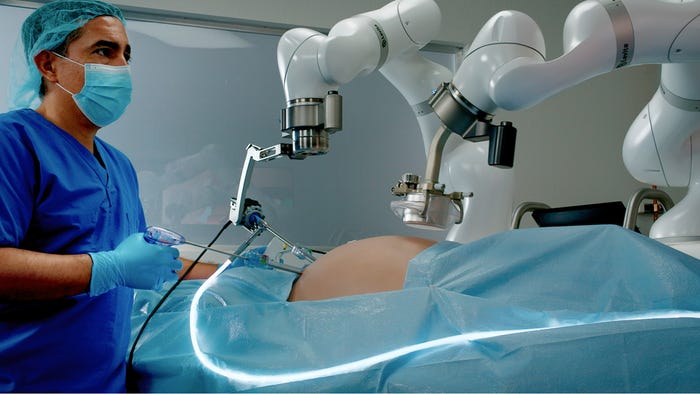AI Tool Spots Drug-Resistant Bacteria in Hours, Beats Traditional Tests
Cambridge scientists use machine learning to identify antibiotic-resistant Salmonella, cutting detection time from 24 hours to just one-quarter of a day
.jpg?width=1280&auto=webp&quality=95&format=jpg&disable=upscale)
University of Cambridge researchers have developed a machine learning tool that can identify drug-resistant bacteria without traditional antibiotic testing.
The bacterium Salmonella Typhimurium (S. Typhimurium) causes a typhoid-like gastrointestinal illness, leading to fever, abdominal pain and diarrhea. In severe cases, it can be life-threatening.
The illness can be treated with antibiotics including ciprofloxacin, however, the bacteria is becoming increasingly resistant, making treatment more difficult.
New research published in the Nature Communications journal details how a team of researchers detected S. Typhimurium bacteria using a machine learning algorithm trained to recognize features on isolates that indicate whether a particular microbe is drug-resistant.
The system was accurately able to predict whether a bacteria would be susceptible or resistant to antibiotics in six hours, a process that would usually take at least 24 hours.
“S. Typhimurium bacteria that are resistant to ciprofloxacin have several notable differences to those still susceptible to the antibiotic,” said Tuan-Anh Tran, a postdoctoral research associate at the University of Cambridge. “While an expert human operator might be able to identify some of these, on their own they wouldn't be enough to confidently distinguish resistant and susceptible bacteria. The beauty of the machine learning model is that it can identify resistant bacteria based on a few subtle features on microscopy images that human eyes cannot detect.”
Traditionally, doctors would take a sample of the bacteria from a patient’s blood or stool and culture it in the presence of an antibiotic.
However, this process can take considerable time and lab work.
The researcher’s machine learning algorithm is designed to greatly increase the time to get a result, enabling patients to be treated with the right drugs faster.
It’s not without its flaws, however. The researchers wrote that the process would be “prohibitively complex and expensive” to implement in most clinical laboratory systems.
The Cambridge scientists said they will look to expand on their research, working with larger collections of bacteria to try and speed up the identification process.
“Given that this approach uses single-cell resolution imaging, it isn’t yet a solution that could be readily deployed everywhere,” said Sushmita Sridhar, who worked on the project while a Ph.D. student at Cambridge, now a postdoc at the University of New Mexico and Harvard School of Public Health. “It shows real promise that by capturing just a few parameters about the shape and structure of the bacteria, it can give us enough information to predict drug resistance with relative ease.”
This story first appeared in IoT World Today's sister publication AI Business.
About the Author
You May Also Like
.jpg?width=100&auto=webp&quality=80&disable=upscale)
.jpg?width=400&auto=webp&quality=80&disable=upscale)






